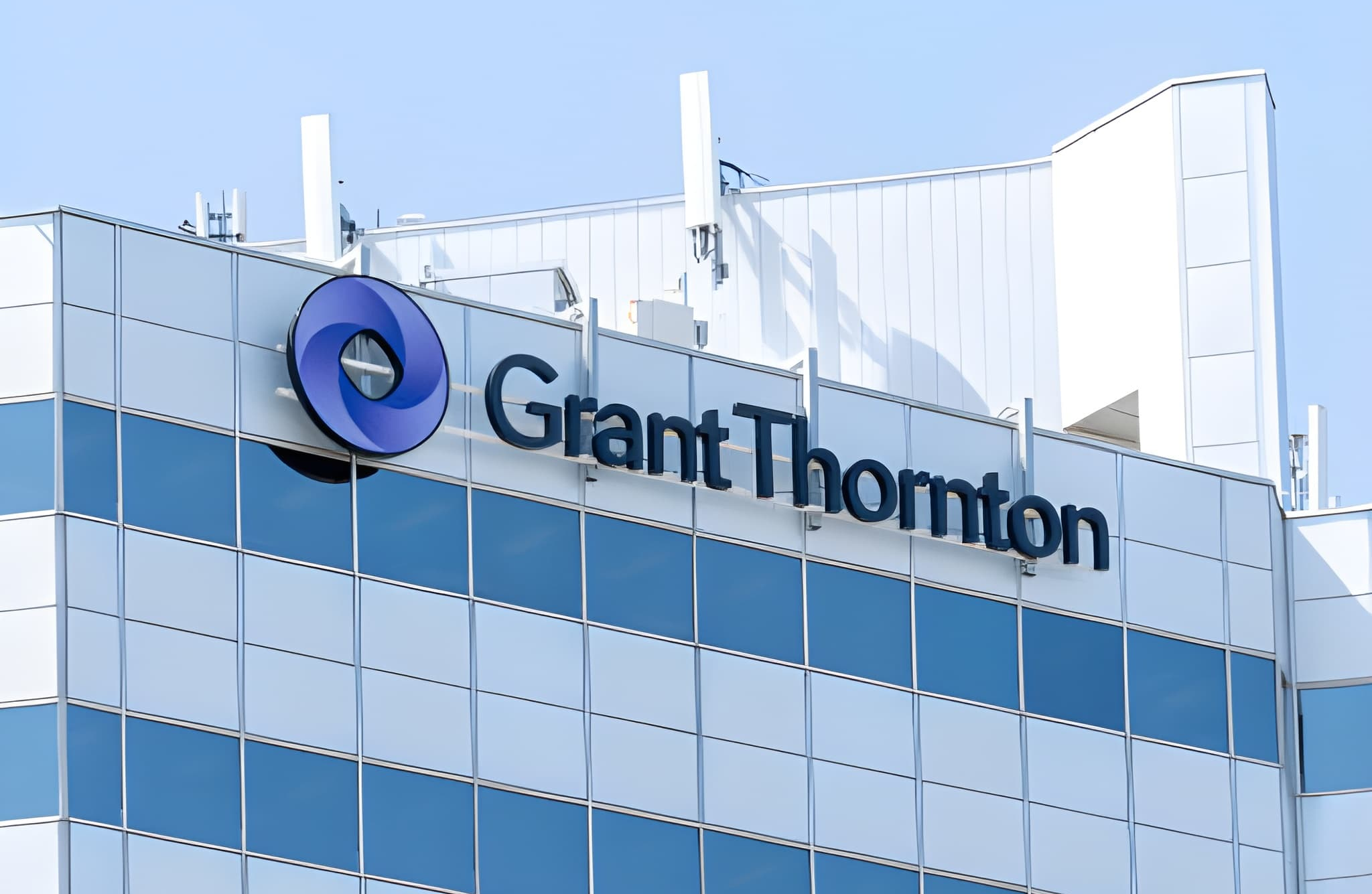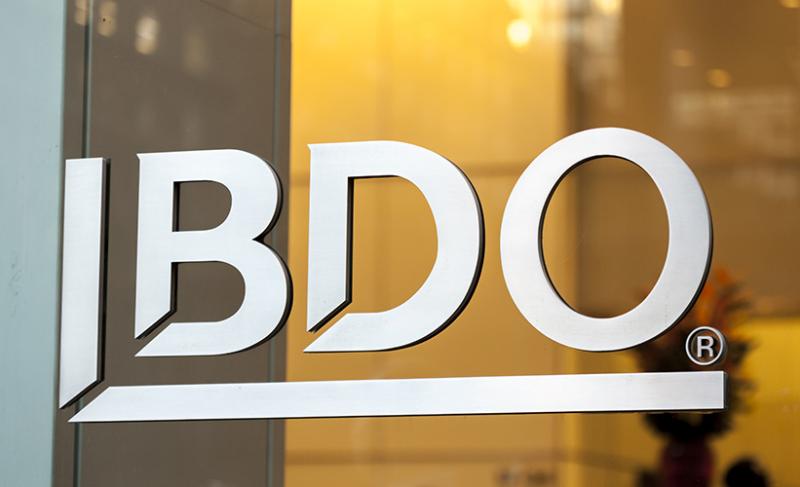Once upon a time, there was a CPA Firm that desperately wanted to grow. It was a good accounting firm, following the rules and regulations set forth by the regulatory agencies, providing quality client service and hiring only the best and brightest talent. It was a relatively young firm, but it dreamed of being recognized as one of the very best. It fantasized about becoming the leading provider of audit compliance for public companies. It envisioned multiple offices throughout the country. More than anything else, it wanted to grow.
What did the good little CPA Firm do? It began telling stories, sharing educational and informative content in an engaging and interesting way. It began to highlight its services, benefits and people through storytelling. It began marketing by identifying with its target market, its prospects, its clients and its referral sources through relevant prose and attractive visuals. The CPA Firm began to demonstrate its greatness through storytelling, and, little by little, began to grow. Soon, it was opening new offices, attracting better clients, expanding its service offerings and bringing in more qualified leads. The little CPA Firm was very happy.
What is the moral of this brief story?
Good stories will help you sell — whether your product is a gadget, an idea or a professional service. Why? As human beings, our brains process information better when it comes in the form of a story, whether auditory or visual. We are literally hard wired to react to stories more than any other form of information gathering. Cognitive and behavioral neuroscience research indicates that our brains respond to certain triggers either favorably or unfavorably. Occasionally, there is a minimal response either way, which indicates a complete lack of interest or engagement in the trigger. (If your marketing is eliciting zero response, keep reading!)
What does this have to do with marketing or selling?
Harvard University began studying the impact marketing strategies have on our brains (and therefore our reactions) back in 1990. While the term “neuromarketing” wasn’t actually coined until 2002 (by Ale Smidts), Harvard psychologists began experimenting to determine if they could effectively manipulate information to generate a specific reaction. The meme, originally coined by Richard Dawkins in The Selfish Gene, was the foundation for neuromarketing research. A meme replicates information and influences a decision maker within 2.6 seconds.
Dah Dah Dah DUM
Do you recognize that tune? The first four notes of Beethoven’s Fifth Symphony are collectively a cultural meme, just as advertising slogans such as “Where’s The Beef?” and “Just Do It” are marketing memes. Memes are used (and recycled) in marketing all the time. When Puss in Boots was launching in theaters, DreamWorks ran an ad featuring Puss that was based on the Old Spice commercial series “The Man Your Man Could Smell Like.” It is an example of classic meme application. Watch the Puss in Boots commercial.
Since the dawn of neuromarketing, companies such as Google, CBS and Frito-Lay have used neuromarketing research to measure consumer response to products and promotions. Apparently, we cannot make a decision solely based on facts and logic. For professional service providers, this may come as a shock. It goes against the paradigm we have held dear for years. Facts, figures, statistics and logic: those are the keys to persuasion, right? Not really.
Use stories to entertain, inform and persuade
According to neuroscientists, most of our cognitive activity (i.e., what we think) occurs on a sub-conscious level, well beyond the reach of our active awareness. Highly emotional content tends to have the most positive reaction by activating oxytocin, which produces feelings of empathy and helps us bond with one another. Oxytocin ensures that we bond, rather than merely eliciting pleasure for the sake of it. Bonding has been imperative to our survival as a species and is certainly critical to marketing and selling.
“Buy this product and it will do this” and “hire us because we’re the best” won’t sufficiently engage your prospects or create that essential bond. Facts are boring. They generate zero response on a biological level. You need to use stories to draw prospects in, titillate them, educate them, inform them and persuade them.
A story can potentially carry the entire sale for you, provided it has these six characteristics of highly persuasive stories (courtesy of the Neuromarketing blog for marketing and sales):
1) Impactful delivery
2) Vivid imagery
3) Realism and understandability
4) Structure
5) Context and surroundings
6) The proper audience
There is definitive proof that stories will help you sell more services. What story do you have to tell that will help you increase prospect engagement and boost sales?
Thanks for reading CPA Practice Advisor!
Subscribe Already registered? Log In
Need more information? Read the FAQs
![natural_disasters_list_1_.56117a5e5df03[1]](https://www.cpapracticeadvisor.com/wp-content/uploads/2021/12/natural_disasters_list_1_.56117a5e5df03_1_.61c1db14bf0ea.png)


